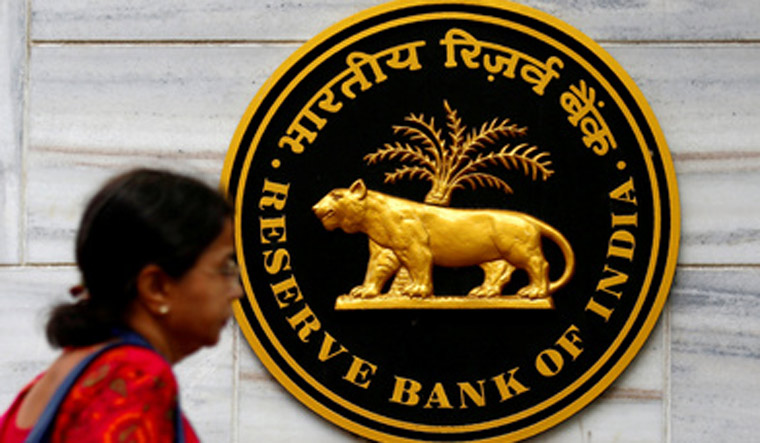A move by the Reserve Bank of India to inject Rs 1 lakh crore (1 trillion) into the banking system through various longer tenor instruments is expected to help address any additional liquidity demand emerging towards the end of the financial year ending March 31, in the wake of increase in currency in circulation and looming advance tax payments by corporates.
“During this particular period, particularly around March 15, you have the advance tax payments happening. So, right now, while the liquidity situation is normal, there will be excess demand for funds this month, which will come back into the system only much later, and therefore banks will face a liquidity problem. This greater demand for funds will be met by RBI through this liquidity injection,” said Madan Sabnavis, chief economist at CARE Ratings.
In the months following the government's move to ban high-value currency notes in November 2016, banks were flush with liquidity, with huge amounts of money being deposited by people. However, the effects of demonetisation have waned and in the last few months, credit growth has outpaced deposit growth.
RBI data shows in January 2017, aggregate deposits at all scheduled commercial banks grew 12.6 per cent, while bank credit growth was at 8 per cent year on year. However, by December 2017, the trends had reversed, with deposits growing at just 4.1 per cent, versus a credit growth of 10.7 per cent.
According to latest data, bank credit growth jumped near 11 per cent year on year, while deposits grew at 6 per cent.
The Reserve Bank had noted last month that while the system liquidity was in surplus mode, it was moving steadily towards neutrality.
“In order to address additional demand for liquidity and with a view to provide flexibility to the banking system in its liquidity management toward March-end, it is prepared to inject adequate additional liquidity using a combination of appropriate instruments, while continuing with its normal liquidity adjustment facility (LAF) operations,” RBI said in a statement.
The Reserve Bank will conduct four-variable rate term repo auctions of Rs 25,000 crore each this month for tenors ranging from 24 days to 31 days. These auctions will be in addition to the regular 14 day variable-rate term repo auctions.
As credit demand has increased, several banks, including, State Bank of India, the country's largest lender, have increased fixed deposit rates to attract low-cost funds. On the other hand, banks have also raised their lending rates across maturities. The rate hikes have come even as the central bank left its benchmark repo rate unchanged at 6 per cent.
While the RBI had flagged inflationary concerns, it chose to maintain status quo in the wake of the economic recovery, which was only in early stages.
“The economic recovery is also at a nascent stage and calls for a cautious approach at this juncture. I, therefore, vote for keeping the policy repo rate on hold while maintaining a neutral stance,” Urjit Patel, governor, RBI, had said during the bi-monthly monetary policy meeting last month.


